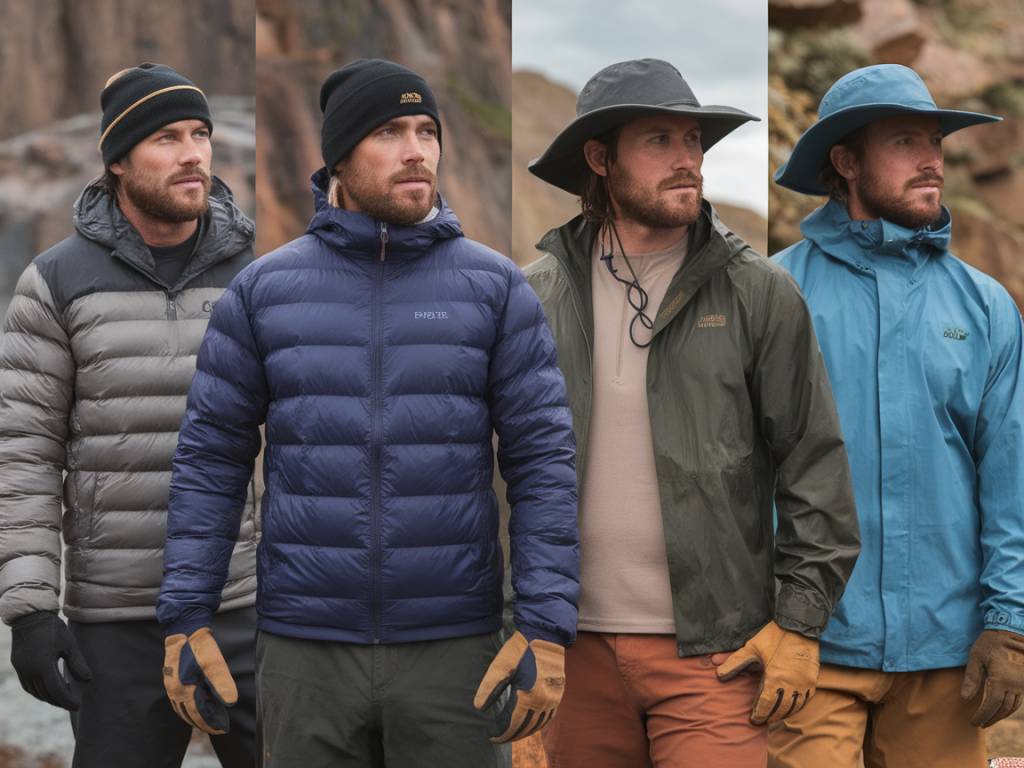
How to choose the right adventure clothing for every climate
Choosing the right adventure clothing can make or break your experience. Whether you’re trekking through a tropical rainforest, climbing a snowy mountain peak, or traversing a desert, the right gear is crucial for comfort, safety, and performance. In this article, I will guide you through how to choose adventure clothing suitable for different climates. We’ll cover essential considerations and provide tips for selecting the best gear.
Understanding the Basics of Layering
Layering is a fundamental concept in adventure clothing. A proper layering system usually consists of three layers:
- Base layer: This layer sits next to your skin and its primary role is moisture management. It should wick sweat away from your skin, keeping you dry and comfortable.
- Middle layer: Often referred to as the insulation layer, this traps body heat to keep you warm. Fleece and down jackets are common choices for this layer.
- Outer layer: Also known as the shell layer, this provides protection from wind, rain, and snow. This layer should be waterproof and breathable.
Clothing for Cold Climates
When adventuring in cold climates, staying warm is the top priority. Your clothing choices should focus on insulation and protection from the elements.
- Base Layer: Choose a merino wool or synthetic fabric base layer. These materials wick moisture away from your body and also provide some insulation.
- Middle Layer: Opt for a fleece or down jacket. Down is incredibly warm and lightweight, but it loses its insulating properties when wet, whereas synthetic options provide decent warmth even when damp.
- Outer Layer: Ensure you have a waterproof and windproof shell. Gore-Tex or other breathable waterproof materials are excellent choices.
Additionally, don’t forget accessories like insulated gloves, a wool hat, and thermal socks.
Clothing for Hot and Humid Climates
In hot and humid climates, the focus shifts to staying cool and protecting yourself from the sun. The main considerations are breathability and UV protection.
- Base Layer: A lightweight, moisture-wicking t-shirt is ideal. Look for materials like polyester or merino wool.
- Middle Layer: Often, you may not need a middle layer, but if you do, keep it light and breathable. A lightweight fleece or windbreaker can be handy for cooler evenings.
- Outer Layer: A light, breathable shell that offers UV protection is advantageous. Some adventure shirts come with UPF ratings, indicating their effectiveness against UV rays.
Don’t forget a wide-brimmed hat, UV-protective sunglasses, and breathable, moisture-wicking socks.
Clothing for Wet and Rainy Climates
In wet and rainy conditions, keeping dry is paramount. Here, waterproofing and quick-drying fabrics take center stage.
- Base Layer: Choose a quick-drying synthetic or merino wool base layer. These materials wick moisture and dry rapidly.
- Middle Layer: Fleece is a good option here because it retains warmth even when wet. Avoid down as it loses insulation when wet unless it’s treated with a water-repellent coating.
- Outer Layer: A high-quality, waterproof shell is essential. Look for jackets with sealed seams and waterproof zippers.
Waterproof pants, a waterproof hat, and quick-drying socks are also essential additions to your wet climate adventure wardrobe.
Clothing for Desert Climates
The desert presents unique challenges, with extreme temperature variations between day and night. Here, the focus is on UV protection, breathability, and adaptability to temperature changes.
- Base Layer: A light, moisture-wicking long-sleeve shirt and pants. These should protect your skin from the sun while keeping you cool.
- Middle Layer: For evening and night-time, a lightweight fleece or insulated jacket is essential.
- Outer Layer: A light, breathable shell can provide additional protection against wind and blowing sand.
A wide-brimmed hat, UV-protective sunglasses, and a moisture-wicking neck gaiter can add extra layers of protection and comfort.
Special Considerations for High-Altitude Climates
High-altitude environments, such as mountain peaks, present unique challenges. Temperatures can drop rapidly, and weather conditions can change unexpectedly. Here, insulation and protection from the elements are crucial.
- Base Layer: A moisture-wicking base layer is essential. Merino wool is an excellent choice as it’s warm and quick-drying.
- Middle Layer: Insulating layers such as a down or synthetic jackets are necessary. Consider multiple insulating layers for added flexibility.
- Outer Layer: A high-quality, waterproof, and windproof shell is vital. Look for shells with features like helmet-compatible hoods and adjustable cuffs.
Don’t forget technical gloves, a balaclava, and insulated boots with good grip for added safety and comfort.
Technical Features to Look Out For
When choosing adventure clothing, there are several technical features worth considering:
- Breathability: Ensures you remain comfortable by allowing sweat to escape. This is crucial in both hot and cold climates.
- Waterproofing: Essential for wet climates. Look for materials like Gore-Tex.
- Durability: Adventure clothing should be robust. Reinforced seams and high-quality materials can prolong the life of your gear.
- Weight: Lightweight materials can make a significant difference, especially on long hikes.
- Packability: Gear that can be compressed into a small size is beneficial for travel and multi-day adventures.
Tips for Women’s and Plus-Size Adventure Clothing
When it comes to adventure clothing, one size doesn’t fit all. Women and plus-size adventurers may have specific needs and considerations:
- Fit: Look for brands that offer tailored options specifically for women and plus sizes to ensure optimal comfort.
- Support: For women, a good sports bra is essential. Look for moisture-wicking materials and proper support.
- Layering Options: Ensure that base and middle layers are long enough to prevent exposure during movement.
Companies are increasingly offering a wider range of sizes and fits, so don’t settle for gear that doesn’t suit your needs.
Brands to Consider
Several reputable brands specialize in high-quality adventure clothing. Some of the top names include:
- Patagonia: Known for their durable and sustainable gear.
- Arc’teryx: Offers highly technical and high-performing outdoor clothing.
- The North Face: A wide range of adventure gear suitable for various climates.
- Marmot: Provides reliable and affordable outdoor clothing options.
- Columbia: Great value for money with a wide range of options.
By considering the climate and the specific challenges it poses, you can choose adventure clothing that enhances your performance and keeps you comfortable throughout your journey. From layering effectively to selecting the right fabrics and features, the right clothing can make a significant difference in your adventure experience.

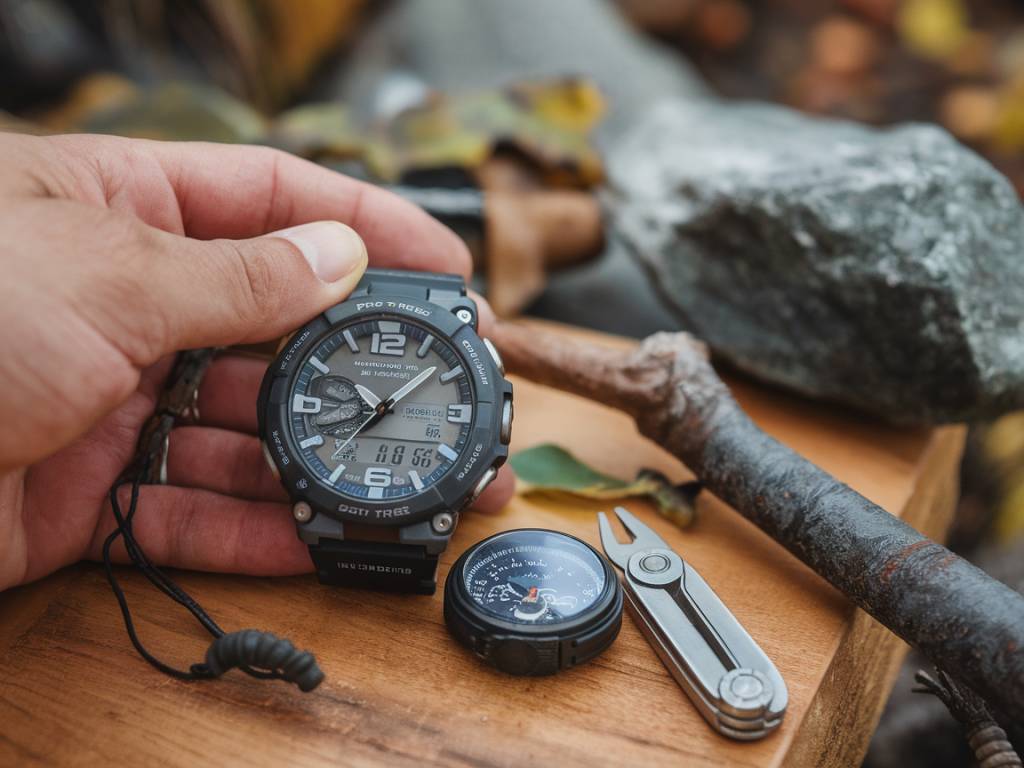 Top 5 adventure watches with gps and survival features
Top 5 adventure watches with gps and survival features 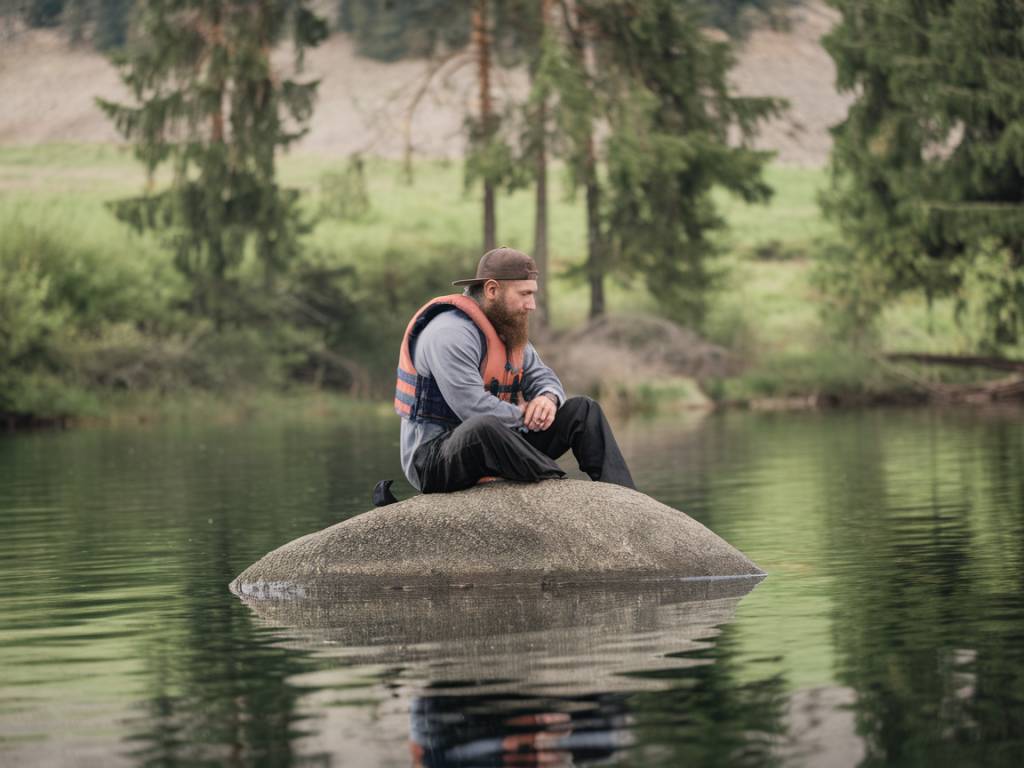 Planning a successful off-grid adventure: what you need to know
Planning a successful off-grid adventure: what you need to know  The best adventure books to inspire your next journey
The best adventure books to inspire your next journey 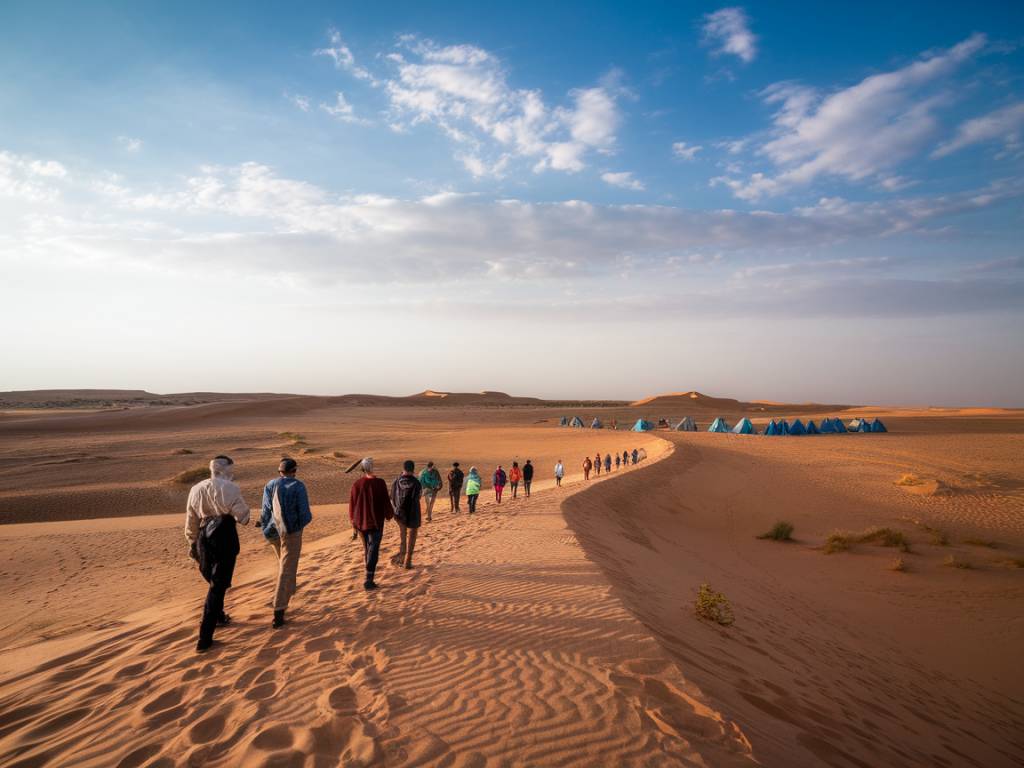 Sahara trekking
Sahara trekking 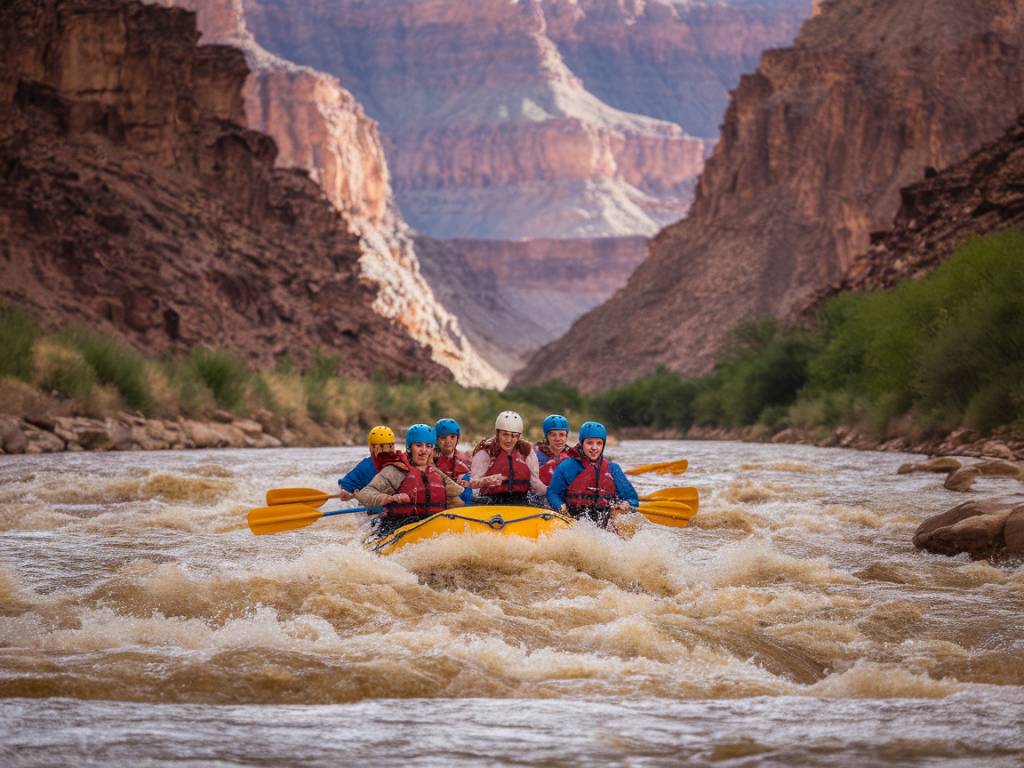 Top 5 countries for extreme adventure tourism
Top 5 countries for extreme adventure tourism 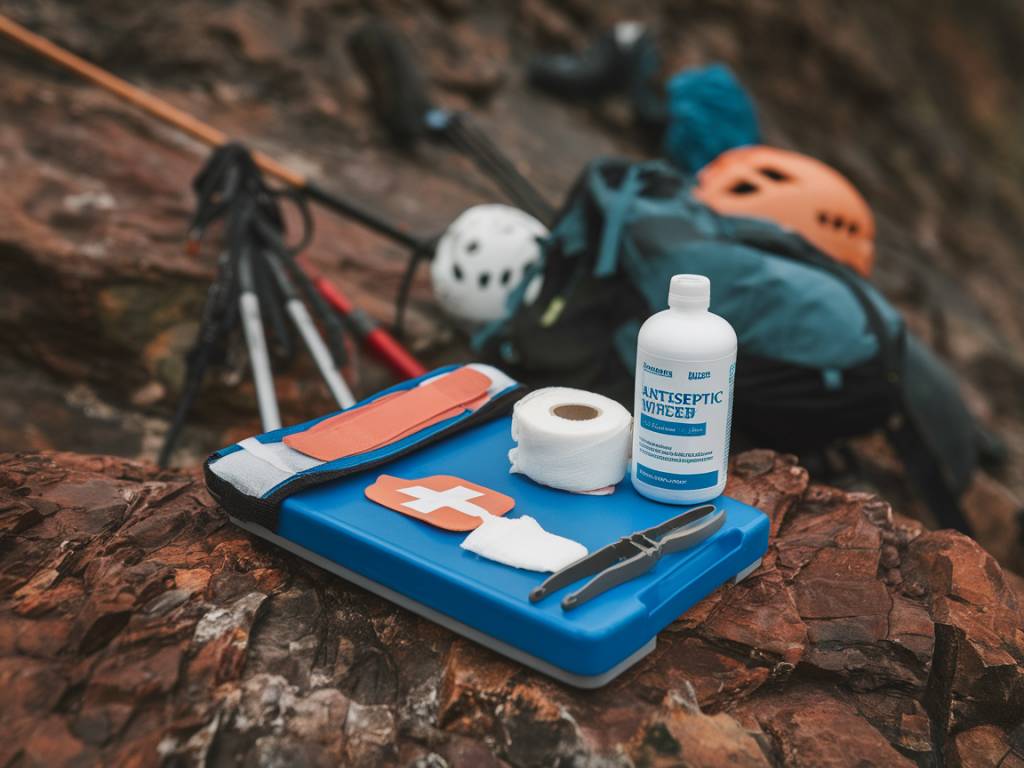 Essential first aid tips for adventurers
Essential first aid tips for adventurers 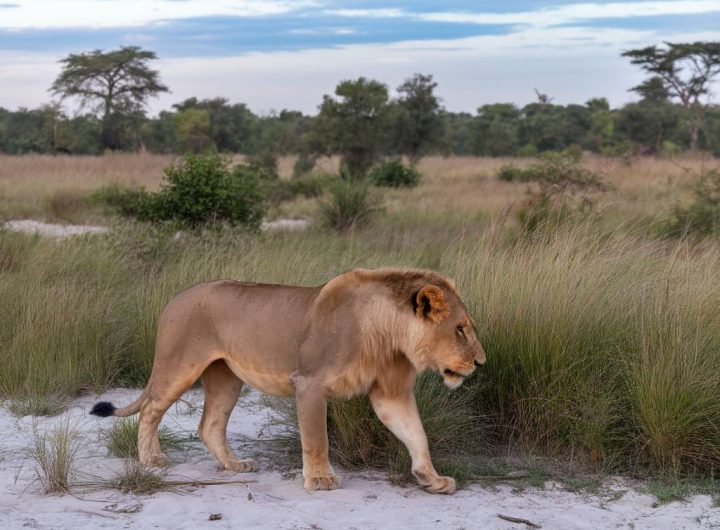 Best African safari destinations: top 5 experiences in Africa
Best African safari destinations: top 5 experiences in Africa 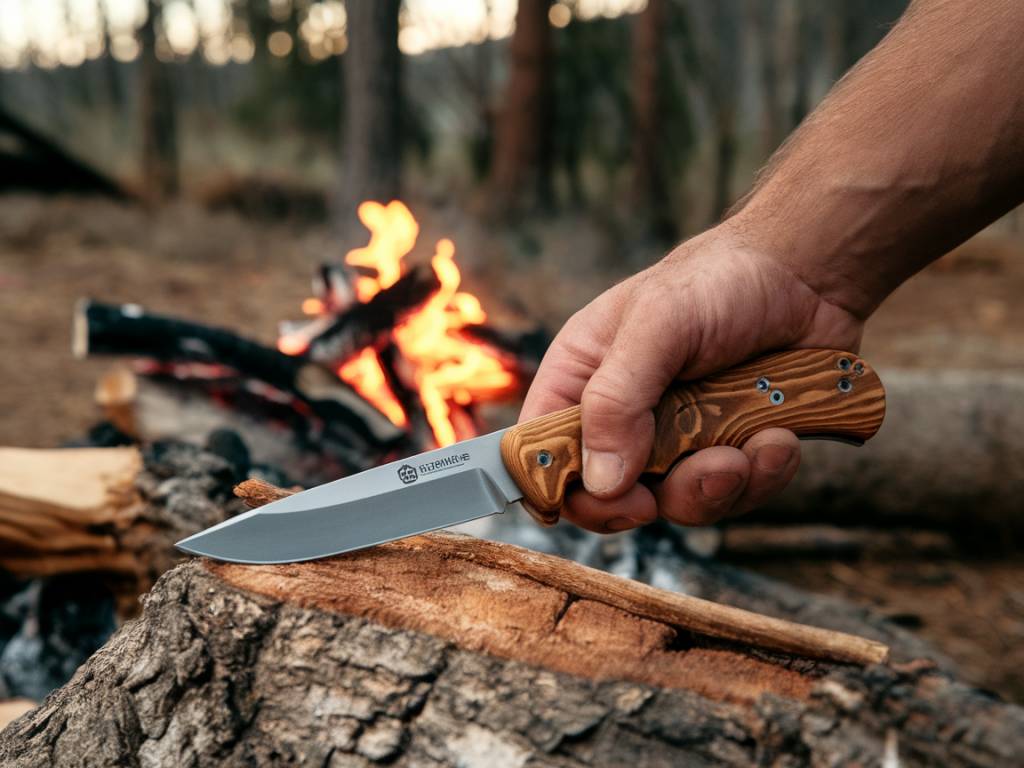 Best survival knives for outdoor adventures
Best survival knives for outdoor adventures